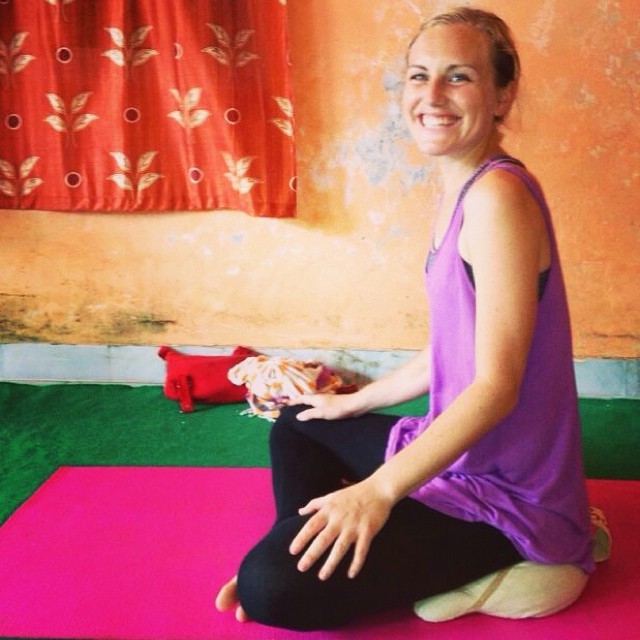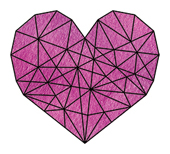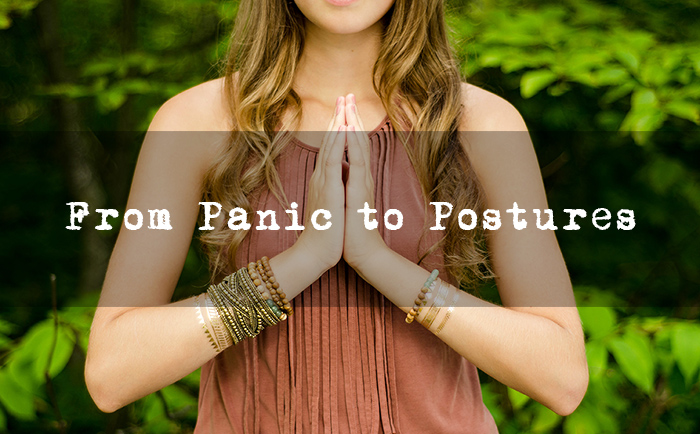It would be a bit of an understatement to say that we are living in stressful times. With a global pandemic, climate change, massive income and racial inequality, just to name a few of the challenges that we currently face, it’s no surprise that anxiety related disorders are on the rise. Stress can cause significant damage to our bodies and minds. When we are in a state of stress, our bodies are put on high alert and we cannot rest, digest, breath, repair cellular damage, or perform many vital functions correctly.
In the short term, this state of “high alert” can be useful, say, for instance, if we have to run from a threat. But if we are in this state for an extended period of time, it can cause high blood pressure, premature aging of cells, and is linked to a variety of health problems.
So, what can we do to help reduce stress? Well, it turns out that the ancient practice of yoga can help reduce stress in our busy modern lives.
Why Yoga is So Amazing (The Science)
Yoga can have an incredibly positive impact on our physical bodies. There is growing evidence that yoga can reduce inflammation within the body. Inflammation and inflammatory responses can cause many diseases and cell aging. Yoga has been shown to reduce damage to our cells by helping to lengthen telomeres — the caps at the end of each strand of DNA that protect our chromosomes. Telomeres become damaged and fray over time, which is the essential cause of aging and age-related illnesses within our bodies. Yoga can have an anti-aging effect, helping to rejuvenate our bodies and minds and reducing disease and aging. And, many of these benefits are due to the reduction in stress.
How Yoga Can Reduce Stress
Yoga is an incredibly holistic practice, aimed at relaxing and rejuvenating the body, mind and spirit. A well-rounded yoga practice, which includes pranayama (breath work), asana (postures) and meditation or relaxation, offers a myriad of ways to help us reduce stress.
These are some of the specific ways in which yoga can help reduce stress:
Physical Stress: Physical stress arises when there is tension in the body, such as knots in our back and neck from sitting hunched over a computer all day or stiff muscles from a sweaty crossfit class, or just general stressors that build up tension in the body as we go about our day. Yoga practice, particularly the poses (asanas), helps to stretch and strengthen the physical body and is an amazingly effective way to help release physical stress. No matter the source of your physical stress or where you are in your life and in your practice, yoga can help relieve these stresses.
Mindfulness and Meditation: Yoga is essentially moving meditation. When we practice yoga, our focus is always on having a mind/body connection, on feeling into the body.
Being mindful, sitting in the present moment can be incredibly helpful to in helping to reduce and relieve anxiety. Anxiety is a fear of the future, a fear of what could happen. Living in the present moment is the antidote to this fear. It’s hard to worry about what might happen tomorrow when you are conscious of what is happening right now. Cultivating body awareness through yoga is a powerful way to help you stay focussed and in the present moment.
Pranayama: Pranayama is essentially breathing exercises. According to the yogic tradition, breath is so much more than just something we do automatically. When we breathe, we are breathing in life force energy and spirit. There are a range of breathwork exercises, all of which help make us breathe more slowly, deeply and consciously.
These breathing exercises are proven to have a calming effect on our bodies, triggering our parasympathetic nervous system, which puts us into a state of rest and digest. After just five minutes of pranayama, we see significant reductions in stress, a reduced heart rate, and an increased sense of calm.
Pranayama can be practiced on its own, as breath awareness exercises, or combined with movement, such as when we do vinyasa yoga and pair the movements of yoga with the breath. Whichever way you practice pranayama, it can have an amazing impact on our ability to reduce stress and feel at peace.
Spirituality: Yoga is, above all, a spiritual practice. It involves tapping into our own spirituality on a very deep level. Having a spiritual belief and a strong sense of purpose in your life can be an incredible way to reduce stress. The simple knowledge that you are living on purpose, and what you are doing is in line with your values and helping you be the best version of yourself, can help anchor you when times get tough and stressful.
Self-Acceptance: Anxiety and stress are often exacerbated when we doubt ourselves, our bodies, actions and beliefs. Yoga helps reduce this by teaching us self-knowledge and self-acceptance. On a physical level, yoga is totally non-competitive and non-performative.
Yoga is a very personal practice that is focused on accepting where our bodies are at, right now, rather than where we want them to be. The beauty of yoga postures (asanas) is that they come with a wide variety of adjustments and variations for every body type.
These principals of yoga can be taken off the mat and into our daily lives, too, helping us to accept ourselves and make decisions in life with confidence and clarity, further reducing stress and anxiety.
A Yoga Sequence to Try When You are Feeling Stressed Out
This is a very simple sequence to try when you feel stress or anxiety. Find a quiet and comfortable place, roll out your mat and sit in each pose for at least 2-3 minutes.
- Child’s Pose
- Seated Forward Fold
- Legs Up the Wall
- Pranayama
- Shavasana
Final Thoughts
There is so much to be gained from having a regular yoga practice, in terms of increased health and vitality. Yoga unequivocally helps reduce the negative impacts of stress within our lives. So, if you don’t already have a regular yoga practice, perhaps it’s time to get started today. (Always be sure to talk to your physician before beginning any new exercise routine!) You don’t need expensive classes or fancy yoga equipment, just a yoga mat and a few spare minutes are enough to start reaping the benefits of this amazing ancient practice.
***
Medical Disclaimer: The information provided here in my “Soulful Yoga” column at SoulfulLiving.com is not intended to be a substitute for the professional medical advice, diagnosis or treatment provided by your own Medical Provider. You agree and acknowledge that I am not providing medical advice. All matters regarding your health require supervision by a personal physician or other appropriate health care professional familiar with your current health status. You must not rely on the information in this column as an alternative to medical advice from your own doctor or other professional healthcare provider. Always consult a qualified personal health care provider before making any dietary or exercise changes. As with all situations, there are sometimes unknown individual risks and circumstances that can arise that cannot be foreseen that can influence or reduce results. You understand that any mention of any suggestion or recommendation in this column is to be taken at your own risk, with no liability on my part or that of SoulfulLiving.com, recognizing that there is a rare chance that illness, injury or even death could result, and you agree to assume all risks.

Stephanie Johnson is an elementary school teacher, yoga teacher, meditation student and writer. She is looking for ways to explore this beautiful, crazy life that we have been gifted and to live it with meaning. Stephanie fell in love with yoga as a teenager and has since travelled across the globe in search of knowledge and experiences to deepen her understanding of yoga, from her home country of Australia, to India and across Asia, to Chile, and the USA.
For Stephanie, yoga is life. It starts on the mat where we strengthen our physical bodies and relax our minds through pranayama and meditation, and moves into our everyday lives, so we are present for every single moment, living with mental flexibility and spiritual curiosity. Stephanie is passionate about sharing this practice with others through her teaching, writing and daily life, so that others can share in this beautiful and ancient wisdom.




